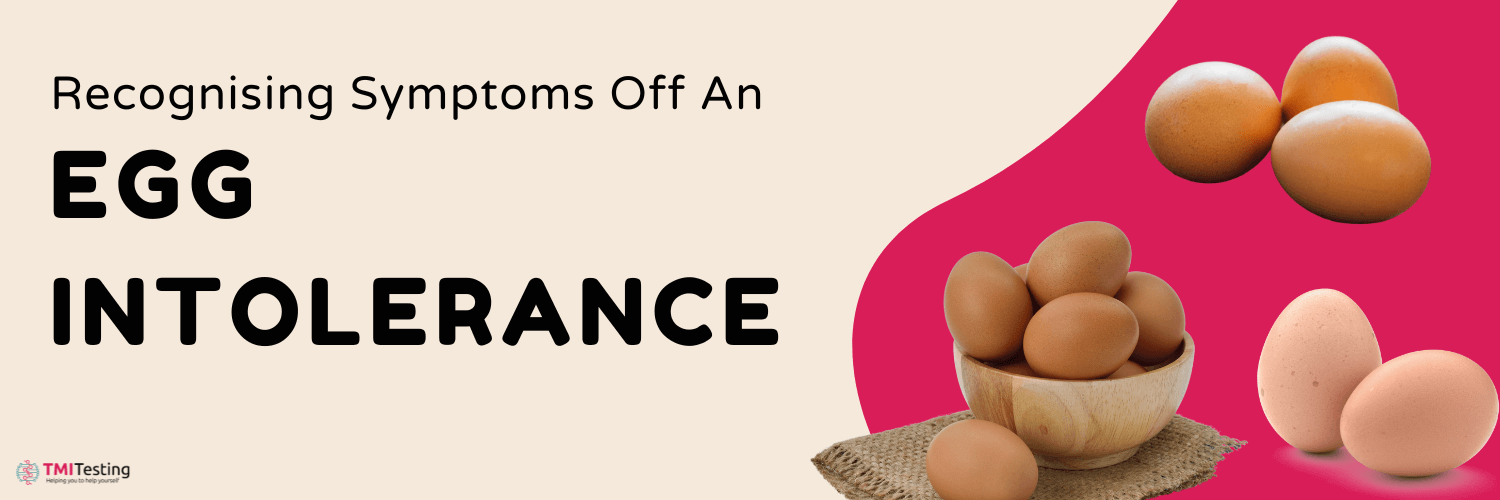
One of the most common food intolerances out there is lactose intolerance. Its severity can range from mild to severe, and as it worsens, so do the potential symptoms that you may experience when eating food with lactose in it. When you want to make sure that you are protecting your health, part of understanding that protection for yourself, in particular, is to understand the symptoms of lactose intolerance as they may arise.
What are the symptoms of lactose intolerance?
Here is a list of some of the most common symptoms that you can expect if you are dealing with undiagnosed or unconfirmed lactose intolerance. The symptoms often appear at any time from 30 minutes to 2 hours after eating the food.
- Gas or abdominal bloating/pain: If, after eating a lactose-containing food, you have any amount of gas, or bloating in your stomach, it’s a sign of lactose tolerance. The same goes for abdominal discomfort or general pain, even if you wouldn’t categorise it as bloating or gas itself.
- Gurgling in your stomach: While you may not have been able to determine it beforehand, excessive gurgling or rumbling in your stomach after eating lactose could mean that your stomach is complaining about it and is struggling to digest it.
- Diarrhoea: If you have diarrhoea or extremely soft and uncomfortable stool, it’s a sign that the lactose isn’t digesting properly, and your body is simply trying to get rid of it as quickly as possible. This would normally occur an hour or two after consumption, and not the next morning.
When questioning what the symptoms of lactose intolerance are, it’s important to remember that the severity of the longevity of these symptoms can vary depending on the amount of lactose you consume, your intolerance level (mild to severe) and other important details. Try to keep that in mind when tracking your symptoms and how they are feeling.
While it can feel frustrating to get a lactose intolerance diagnosis, you should remember that it doesn’t mean that you can’t ever have the food of choice again. It just means that you should be aware of how much you have and that it may not be a good idea to have it every single day. You can still enjoy ice cream and cheese and milk; you just need to make sure that you are a bit more careful in the portions. You’ll also want to consider lactose pills or other supplements that may help ease the discomfort you experience.
With these common symptoms in mind, take a look at your eating habits and see if you can draw any conclusions. So what are the symptoms of lactose intolerance? If you do determine that you have lactose intolerance through trial and error, you may want to consider backing up the suspicion with blood allergy and intolerance test. Not only will it help you to confirm what you already suspect, but it will also help potentially make you aware of any other sensitivities that you may have that you wouldn’t have thought to watch for otherwise. This will help improve your overall health and safety both short- and long-term.



